
Most of the time when it comes to charging electronics, we don’t think too much about what makes them good or bad. With that said, we should care about what charging electronics that are good to use because one of the most used types of electronics are the ones that we use to charge our devices. This is because we live in an increasingly wireless age and as a result, we have to realize that the quality of the charging electronics that we use is just as important as any of its other features.
Since charging is such an integral part of our lives, it means that there are a bunch of ways for us to go about charging our wireless devices. I’m going to over some of the most helpful charging electronics that we use today and can very well be useful for you.
Power Banks
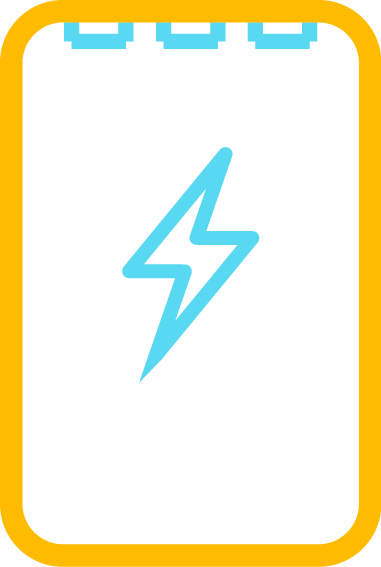
Power banks, also known as Portable chargers are an increasingly popular charging electronics and that’s because the power banks provide you with portable power that can basically be taken anywhere you go. Also, since power banks are so popular, there are a lot of charging electronics companies that have continually innovated with their portable chargers, and ultimately the rise in competition has led portable chargers to meet great standards. As a result, there are many different types of power banks.
Here are just a few different type of power banks that are on the market:
High Capacity
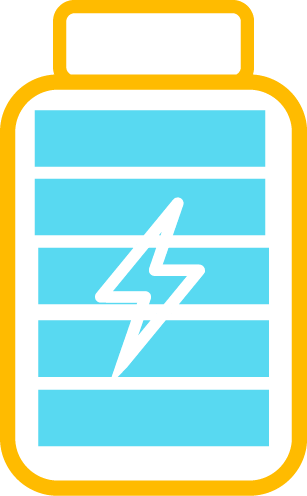
High capacity power banks have a higher mAh rating and mAh is basically the amount of power that a power bank can offer. So higher the mAh, then there will be more times that it can charge a device like a smartphone or a tablet to its full power. However, it’s vital to know that the power capacity of a power bank and its size are mostly directly correlated. This is why high capacity power banks that have 20,000mAh or higher are a lot larger and heavier than ones that have capacities of 10,000mAh or lower.
Not only to these larger power banks feature more power, they also have more charging options because they tend to use multiple charging ports; so you can charge multiple devices at once wherever you are. In addition to having a powerful powering system, high capacity power banks also have special charging tech like Quick Charge and USB-C that are able to charge compatible devices at their max charging speeds.
Low Capacity
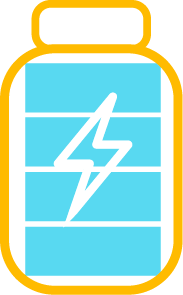
Then there’s the lower power capacity spectrum of power banks that are the most popular. That’s because low capacity power banks are very small and can come in cylindrical or slim designs that enable us to place these kinds of portable chargers into our pockets.
With that said, small power banks have low power capacities and aren’t meant for long-term use and most of them are only able to charge most smartphones 1 or 2 times to full power. Also, small power banks tend to have only a single charging port and slower charging speeds. So it’s important to know that if you are getting a mini sized power bank, that the main thing to look for is the ease of portability that you’re going to have with it, and also what the power capabilities of it are.
Rugged Power Banks
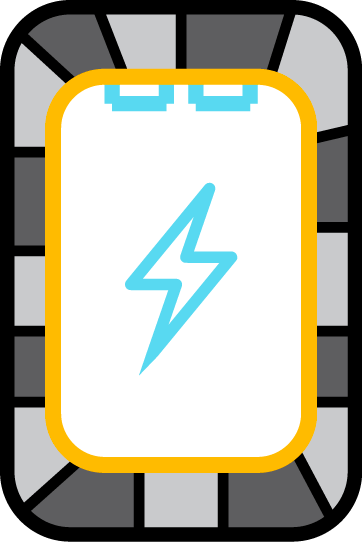
Almost every charging electronic on the market isn’t built on a standard to withstand harsh conditions like a drop to the floor or having water on them. If that happens to most electronics, then the electronic is going to get damaged. There are smartphones that are only now getting released that are able to withstand water, but even then, you need a smartphone case to keep your phone safe from falls and a cracked screen.
The same thing is true for power banks as many power banks on the market aren’t built to take falls and water and so you have to be careful with how you handle them. That is why Rugged power banks exist. Rugged power banks are portable chargers that have better reinforcements that enable them to take shock damage in the event of a fall. In additions to be shockproof, Rugged power banks also have a covering that goes over its charging ports and those are able to keep water out.
Even though most Rugged power banks are waterproof when you cover the charging ports, some power banks have a different rating up to a point until they’re not waterproof. So you must take a look at what IP Enclosure rating of a Rugged power bank is and then you can move on from there. A Rugged power bank that has an Enclosure level of IP65 is able to withstand jets of water but not immersion into water; however, an Enclosure level of IP68 means that it can survive immersion in water for about 30 minutes without any damage.
Surge Protectors
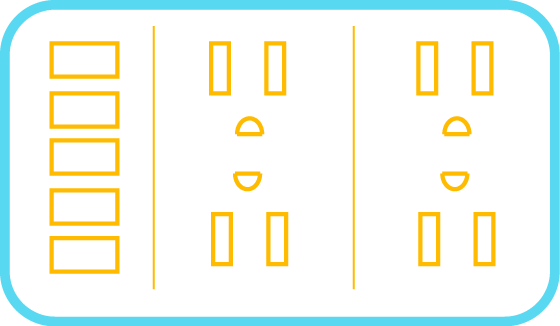
This is quite strange, as Surge Protectors are an electronic that are used to power our appliances and not exactly to charge our devices. However, that’s changed because there are Surge Protectors that now use built-in USB charging ports that allow you to charge your smartphones and tablet devices without the need of using a USB wall charger. The main problem with using a USB wall charger with a Surge Protector is that it takes up an AC Outlet and you could use that AC Outlet for something else. Another problem is that wall charger that you’re using the Surge Protector with could obstruct surrounding AC Outlets and that can result in a few useless AC Outlets.
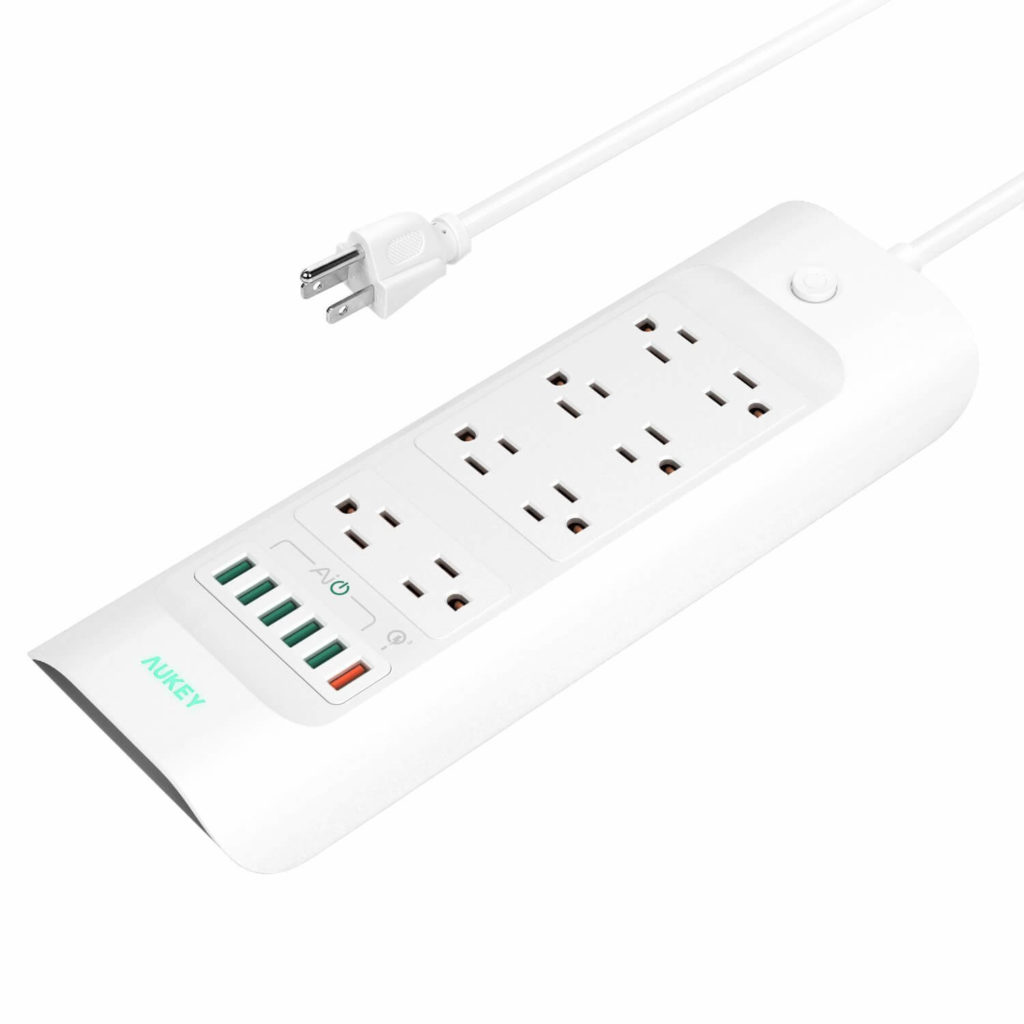
Using built-in ports basically removes the need of using a USB wall charger, much less purchasing a wall charger. USB ports on Surge protectors are quite powerful as too because if you’re purchasing yours from a reputable charging electronic company then each of the ports will have a charging speed of 5V/2.4A and that’s kind of charging speed is able to charge most devices at their max charging speeds. Also, lots of Surge Protectors are able to have lots of charging ports, an example of this is the above Aukey Surge Protectors that allow you to charge 6 devices at once. What also makes it amazing is that it features a Quick Charge port, so those that own Quick Charge devices are able to charge their smartphones at max charging speeds.
Solar Chargers

Using Solar power for our everyday lives is becoming the norm and for great reasons too. This is because solar power is basically an endless amount of power that is able to use either when the sun is shining outside or even if you have a little bit of light, that too can be transferred into useable power. Since Solar power is so useful, we’ve been able to implement it into our charging electronics and that is why Solar chargers exist. With that said, Solar chargers shouldn’t be a mistake for Solar power banks because Solar power banks just use a single solar panel and are quite slow at recharging using the solar panel that they have.
However, Solar Chargers are a kind of electronic that use multiple Solar panels and usually have about 2 charging ports connected to those solar panels. Since there are multiple large solar panels, they’re able to take in more solar rays and that result in more energy to convert and ultimately, there’s more powerful and constant charging available. Solar chargers are going to be there most useful for when you’re hiking or camping because that’s when you can connect the Solar charger to the back of your backpack, have the Solar panels facing outwards and that way they’ll capture as much Solar power as possible.
When the solar panel is on your back, this also means that you can connect a charging cable to the solar charger and charge your smartphone while you’re walking the hiking trail. Overall, even though Solar chargers are going to be their most useful when you’re exploring the great outdoors, they’re a highly innovative charging electronic that will only improve further than what they’re currently at.

Leave Your Comments